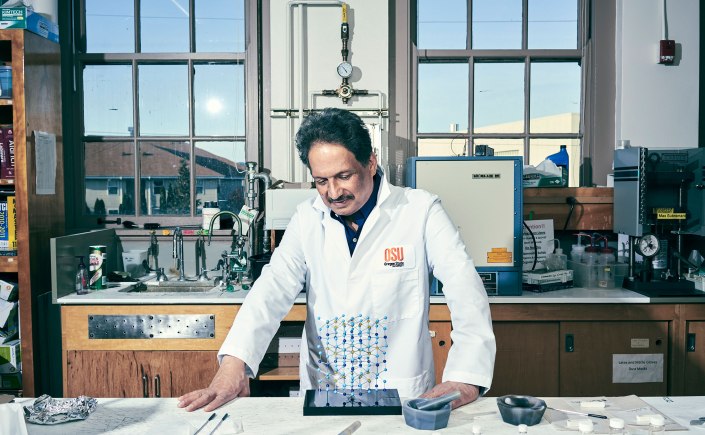What tragic news this morning to learn of Anthony Bourdain’s death. I am going to watch a few episodes of his most recent episodes of Parts Unknown. In the meantime, his 1999 piece “Don’t Eat Before Reading This” in The New Yorker elucidated his thoughts on good food and how restaurants are run. I had not seen or read the piece until today, and it is a fascinating read, which “rocked the entire industry”:
Good food, good eating, is all about blood and organs, cruelty and decay. It’s about sodium-loaded pork fat, stinky triple-cream cheeses, the tender thymus glands and distended livers of young animals. It’s about danger—risking the dark, bacterial forces of beef, chicken, cheese, and shellfish. Your first two hundred and seven Wellfleet oysters may transport you to a state of rapture, but your two hundred and eighth may send you to bed with the sweats, chills, and vomits.
On Bourdain’s favorite foods:
What do I like to eat after hours? Strange things. Oysters are my favorite, especially at three in the morning, in the company of my crew. Focaccia pizza with robiola cheese and white truffle oil is good, especially at Le Madri on a summer afternoon in the outdoor patio. Frozen vodka at Siberia Bar is also good, particularly if a cook from one of the big hotels shows up with beluga. At Indigo, on Tenth Street, I love the mushroom strudel and the daube of beef. At my own place, I love a spicy boudin noir that squirts blood in your mouth; the braised fennel the way my sous-chef makes it; scraps from duck confit; and fresh cockles steamed with greasy Portuguese sausage.
I love the sheer weirdness of the kitchen life: the dreamers, the crackpots, the refugees, and the sociopaths with whom I continue to work; the ever-present smells of roasting bones, searing fish, and simmering liquids; the noise and clatter, the hiss and spray, the flames, the smoke, and the steam. Admittedly, it’s a life that grinds you down. Most of us who live and operate in the culinary underworld are in some fundamental way dysfunctional. We’ve all chosen to turn our backs on the nine-to-five, on ever having a Friday or Saturday night off, on ever having a normal relationship with a non-cook.
RIP, Anthony Bourdain.
###
(via @hels)


